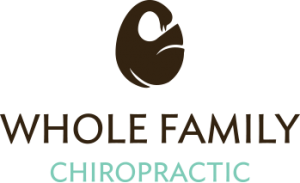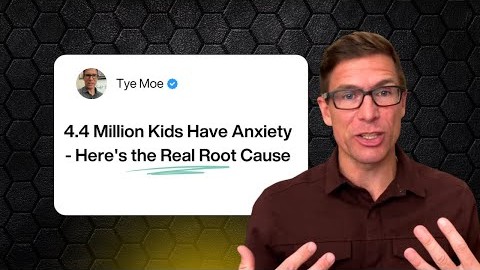Your child melts down over the smallest things.
They can’t fall asleep. They refuse to go to school.
Every day feels like a tightrope—trying to predict what might set them off next. You’ve tried therapy, maybe even medication, but nothing seems to hold. Their anxiety keeps growing. Their anger gets louder. And you’re running out of ideas.
What most parents don’t realize is that anxiety isn’t always a behavioral issue that needs more structure or discipline. Often, it’s the body’s way of saying something inside the nervous system is stuck.
Why Behavior Strategies Stop Working
Most common approaches—charts, routines, even reward systems—focus on controlling what your child does. But they don’t address why their emotions spiral in the first place.
When stress builds up and doesn’t release properly, the body shifts into constant survival mode. That’s the “fight or flight” state. Every sound, every transition, every new situation can feel like a threat.
It’s not willful defiance. It’s a body stuck on overdrive.
Emma’s Story: Finding Her Voice Again
Emma was a quiet, bright 8-year-old who stopped talking at school. For nearly a year, she didn’t speak to her teachers or friends. Her mom described how even family gatherings felt tense—they avoided outings, hoping to protect Emma from what might overwhelm her.
When her family started care, the goal wasn’t to force confidence or push through the anxiety. It was to uncover what was happening inside her body.
A few weeks later, something shifted. During a classroom exercise, Emma suddenly blurted out “Stinky eyeball!” The room went silent—and then erupted in laughter and joy. Her teachers cried. Her classmates cheered. That moment marked the start of her voice returning.
Emma’s world didn’t change overnight, but her body did. Her nervous system finally began to settle, and with that calm came connection, laughter, and confidence.
What’s Happening Beneath the Surface
The nervous system runs two main programs:
-
Fight or Flight — when the brain senses danger and prepares to protect.
-
Rest and Digest — when the body feels safe enough to slow down, learn, and grow.
A healthy system moves between the two with ease. But when stress piles up—prenatal tension, birth trauma, frequent sickness, environmental overload—it can trap the body in fight or flight.
That’s when anxiety takes over. The smallest stressor feels massive because the brain doesn’t have room to process it.
The Vagus Nerve: The Body’s Brake Pedal
One of the key players in this process is the vagus nerve, which acts like a built-in brake pedal. It slows the body down, restores calm, and helps regulate emotions, digestion, and sleep.
But if there’s tension or misalignment in the upper neck—often from birth trauma or early physical stress—it can interfere with how the vagus nerve works. That’s when the brakes stop working, and the system stays in overdrive.
How We Find and Fix Stuck Stress
At Watertown Family Chiropractic, we take a neurologically-based approach to help kids like Emma get unstuck. Our scans measure how the nervous system is functioning—where stress is stored and how it affects the brain’s ability to regulate mood, focus, and sleep.
Once we see the full picture, we create a care plan that helps the body unwind that stress gently and naturally. Each adjustment helps the nervous system find balance again—so your child can rest, grow, and reconnect.
We’ve seen kids go from anxious and withdrawn to joyful and confident. Parents describe their homes as calmer, lighter, and finally hopeful again.
The Next Step
If your child’s anxiety feels bigger than behavior, it’s time to look deeper. Let’s find out if their nervous system is holding the key.
Schedule a neurological scan with Dr. Tye Moe and the WFC team and discover what’s really going on beneath the surface.
Because when the body calms, the mind can finally follow.


